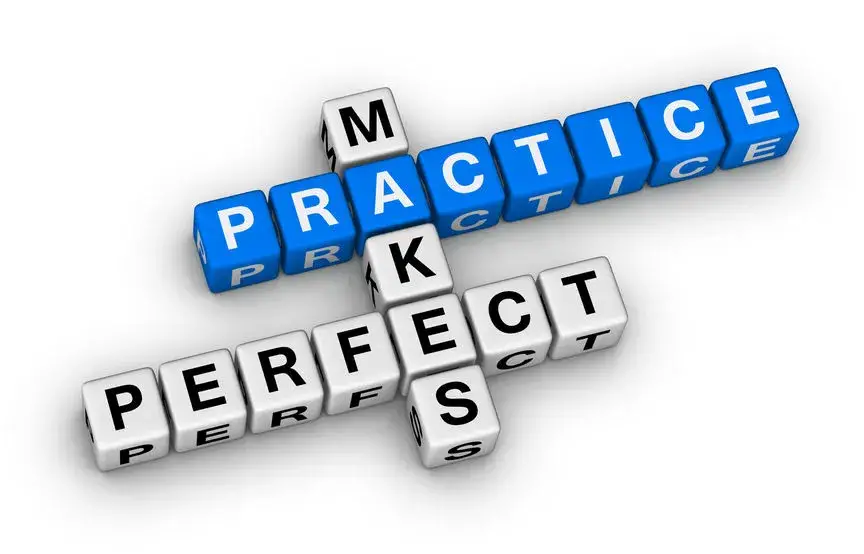
Softball drills are critical to player development in our great sport. We do need to however make sure that they are appropriate for the age and skill level of the players. It is always tempting to go directly to a practice with a new drill that we saw on YouTube or one that another team was running while we were at the park. We are also the best drill thieves in the business. As coaches we are constantly taking notes while at the park during practices or competition. With that in mind, there are a few things to consider when inserting drills into our practice plans.
Experience of the Players:
Most 8 year old softball players are not cognitively capable of running a drill with multiple runners and multiple options for a play. They also might not have the coordination skills that are required for some complex drills unless of course they are already involved in gymnastics or another sport that requires coordination. Of course there are the players who have been around the game and sports in general for most of their short lives. If the team is compiled of natural athletes who are preparing for rep ball, the level and complexity of the drills might be different. The average new player at this age however is having a difficult time learning the game and how to field and hit the ball. From my experience and considering the long term development of young players, the complexity needs to be something that they are physically, psychologically and technically capable of completing without confusion.
I use experience of the players instead of age because softball players enter the game at different ages. Myself, for example, I didn’t begin the game until my 20’s. Some of the complex skills that teams take part in would have been confusing for me and would not have done anything for my confidence. If the practices were full of drills that I could not experience success in, I may not have continued in the game. We need to be aware of the experience level and natural abilities of the players.
Success Oriented:
Our goal as coaches when training the players is for them to have success. A team that is not at the level needed for the drill might not be able to execute it successfully which is going to effect their confidence. When this happens, what might follow is difficulty with even the simplest tasks because their mind is pre occupied with the failure that they just had. If you are going to introduce a drill that is more complicated than they are used to, then work up to it. Start with the skills that are involved in the drill such as throwing and fielding to build their confidence. Then gradually work to the drill and allow time for mistakes (or learning experiences) to occur without punishment or consequences.
Positioning in the Practice Plan:
When planning a practice, place new or complicated drills after the team has had time to warm up and to execute the standard skills such as fielding, throwing and baserunning. Make sure the team is warmed up before starting the drills to prevent injury and to get their blood flowing to the muscles. If the drill includes defensive activities, make sure that they have used the required skills a lot and are mentally prepared for new and complicated softball drills.
Purpose of the Drill:
Drills before games should be fast paced and fun. The team benefits most when they have success during their pre game warm ups. Some coaches actually use the pre game warm up to practice specific skills before the game. I liked to use short and quick drills that required concentration so that the team is mentally preparing without knowing it. For novice teams the drills might be simple and with less intensity and working on fielding and throwing.
Practice drills that are used for learning new plays also need to be at the level of the players. Working from simple to complex is the best way to transition to the desired outcome drill.
Season Location:
We don’t want to be introducing new complex drills that are complicated and confusing to players late in the season when the team is preparing for the playoffs, or just before a tournament. During that time we are solidifying the technical and tactical skills that they already have. By introducing a new bunt defense drill for example, there is not enough time for the play to become second nature and for the players to make sure they have success. Confusion is sure to happen when you need a solid defense. We want them to feel confident and ready to go.
Be Creative:
As we get more experienced with the game and spend time at the field, we can begin to design our own drills. Simply by thinking about what we want to accomplish and how the skill is executed, we can devise an activity that takes the players through that skill. I encourage coaches to try it regularly. Especially when you have some time to spare and can’t think of what to do. Consider the equipment you have available and make up a fun drill. Another option is to actually get the team to design a drill. You would be amazed at what they come up with and it will make them feel a part of the process. You will not have a hard time getting them to stay focused on a drill that they designed.
Drills are great for practicing softball skills and should be used at the right time for the right purpose. It is important to add fun drills into practices sometimes and pre game warm ups just to break things up. If it is one that includes well learned drills, the speed and accuracy of it will be energizing and keep the players attentive.

